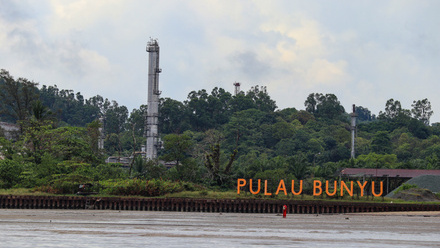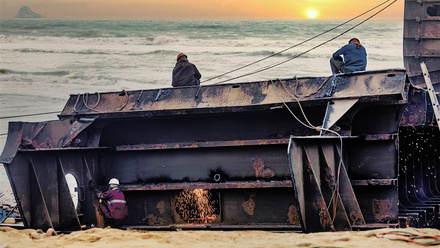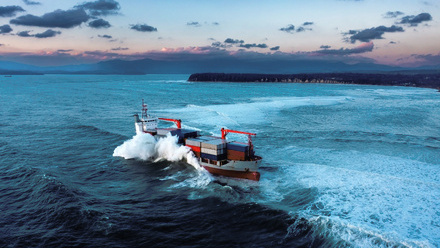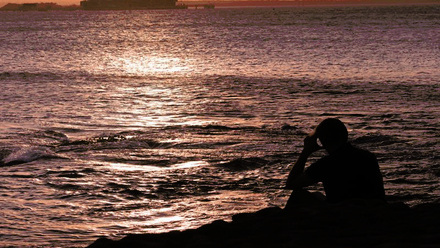Lifejacket design changing for the growing offshore wind market
As the energy transition leads more workers into the offshore environment, it’s vital that worker protections keep pace with changing work patterns.
As workers move to where they’re responsible for installing and maintaining turbines, converters and cabling for new types of energy, it is clear the offshore renewables space creates its own unique risks.
These risks increase as the industry scales. According to G+, the global offshore wind health and safety organisation, a record-breaking 44.6 million hours were worked in 2022, representing a 38 percent increase from the previous year.
And while the Total Recordable Injury Rate (TRIR) and Lost Time Injury Frequency (LTIF) are trending downwards because of improving safety measures, it is clear there is no scope for complacency, with G+ recording a total of 225 high potential incidents in 2022, up 10 percent on the previous year. Most of these incidents occurred during the operation phase, with turbines and vessels being the two areas with the highest number of high potentials.
Vessel operations are critical in the offshore wind industry, yet also represent some of the highest risks.
Jack-up vessel/barge was the second highest overall incident area in 2022 with 84 incidents reported, of which 18 were high potential incidents. Man overboard incidents were thankfully rare given the severity of the outcomes: In 2021, for example, four people were lost at sea after the jack-up installation vessel Sheng Ping 001 capsized off Guangdong province in southern China while working on the 400 MW Huizhou Gangkou I wind farm.
As always, the marine environment can be unforgiving, which is why it is essential that life-saving equipment, such as life jackets, are designed to accommodate its unique risks.
Lifejackets are essential bits of kit: Research shows that for casualties in life at risk situations at sea, survivability was 94 percent among those wearing personal flotation devices (PFDs), compared with 73 percent among those not wearing a PFD. Not all lifejackets are the same, however, and the development of specialised offshore wind lifejackets is key to further risk reduction.
Earlier this year, Survitec announced the development of a new ErgoFit SOLAS lifejacket under its Crewsaver brand, at what Mark Lutman, technical sales manager, said is a “pivotal moment” for the offshore wind industry.
The International Convention for the Safety of Life at Sea (SOLAS) came into force in 1974 and holds manufacturers of lifejackets – of which there are many – to the Life-Saving Appliance (LSA) Code.
“As more professionals enter this high-stakes environment, the need for specialised safety equipment becomes increasingly evident,” Mark explained.
This specialised offshore wind lifejacket “goes above and beyond” the array of requirements mandated for offshore wind professionals, said Lutman, citing its “wear all day” comfort that can match the demands of the job, whether on the crew transfer vessel (CTV), accessing the turbine from the CTV or working at height on the turbine.
Lifejackets need to be equally capable of providing all-day comfort whether the technician is operating in -20°C North Sea conditions wearing fully padded workwear or lightly dressed for the +30°C conditions in the Taiwan Strait. It also needs to accommodate a fall arrest harness, which may come in different designs depending on requirements.
Importantly, given the ever-increasing scale of offshore wind turbines, the jacket needs to be ready to deploy from a significant height and supporting a potentially unconscious casualty. Using Crewsaver’s fast-rotating inflation bladder, the lifejacket rotates an unconscious person face up in just 2.6 seconds, comfortably exceeding the SOLAS standard of four seconds.
“A casualty in the water wearing a lifejacket will rapidly face upwind as their hanging legs act like a sea anchor, and the twin stayed sprayhood offers advanced protection and windage,” said Lutman, claiming Crewsaver’s extensive experience in ocean racing and military applications helped shape the design.
“This is why we have designed our chin support and the upper parts of the inflated bladder to prevent any diversion of breaking water or spray into the nose or mouth. With its tailored shape, the bladder distributes buoyancy uniquely around the wearer to maximise in-water support and airway protection.”
The ErgoFit SOLAS secured its approval in March 2023 and is currently undergoing additional certifications ahead of delivery in early 2024.
Top image: Service operations vessel sat off offshore wind turbine; Image credit: Shutterstock






